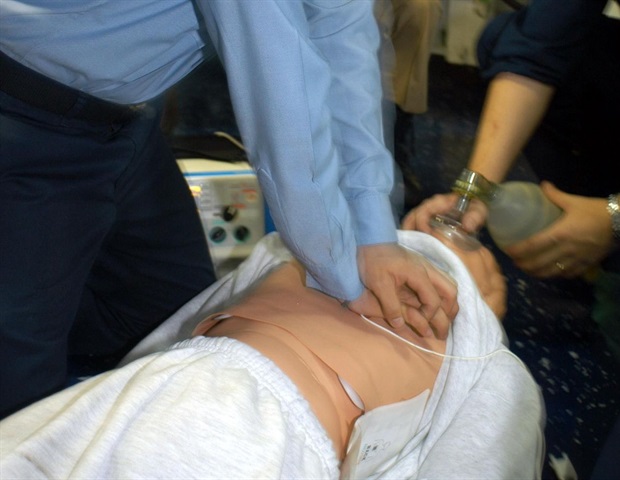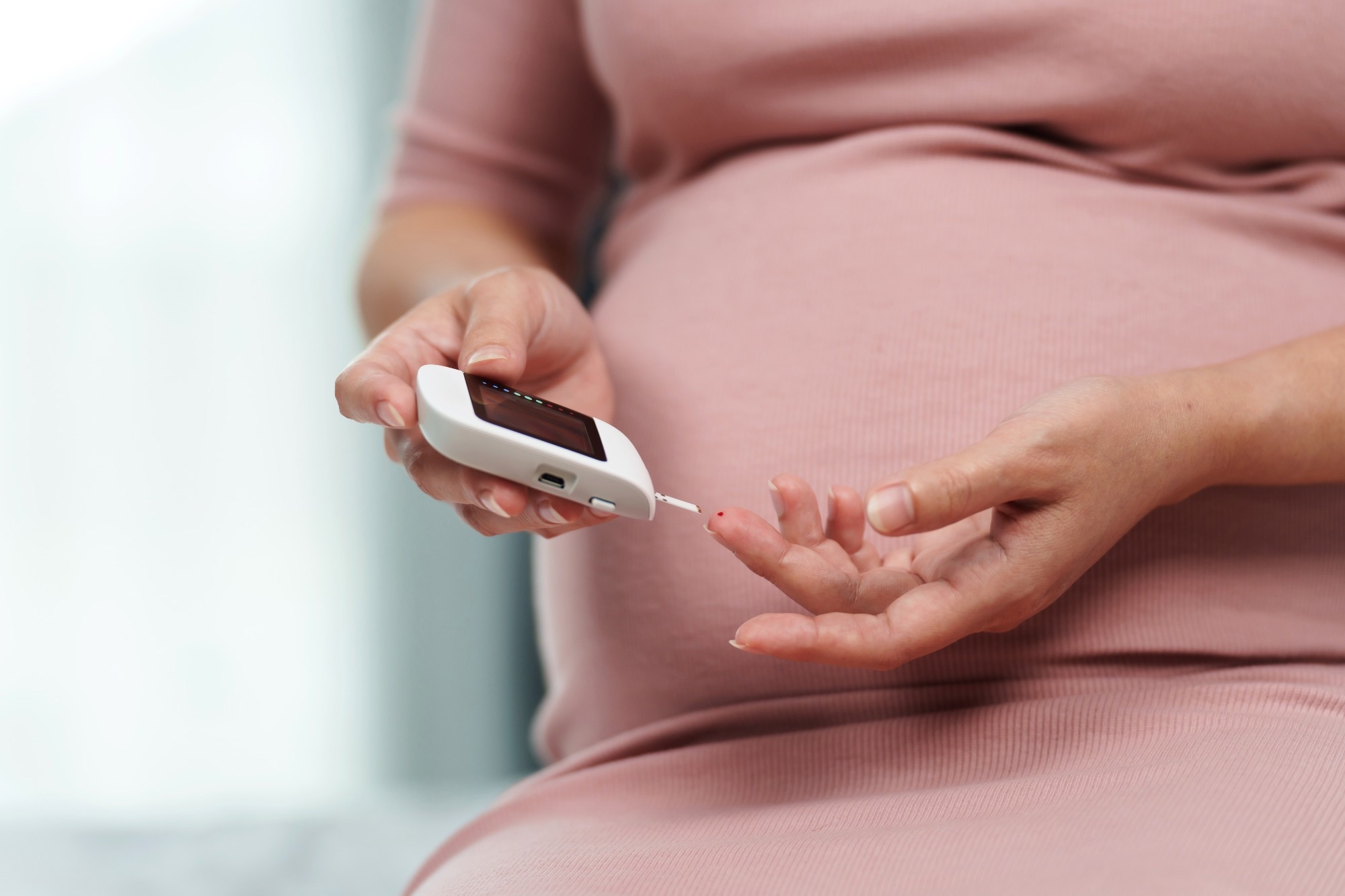In early 2022, news outlets nationwide picked up the story of a college student in Massachusetts who had to get his legs and fingers amputated after alleged food poisoning from leftover lo mein noodles. It turned out that the illness was actually caused by a meningococcal blood infection and had nothing to do with spoiled food. But the story reminded people about the importance of leftover food safety.
What Bacteria Lurk in Your Leftovers?
Bacteria are difficult to spot. Many times, the contaminated leftovers look, taste, and smell fine, according to Juan Leon, a researcher at Emory University. Here are some common bacterial culprits that can lurk in your food and how you can prevent them:
Bacillus cereus: Uncooked pasta or rice may contain spores of a bacteria called Bacillus cereus. Spores are tiny protective capsules that allow the bacteria to hibernate until they are ready to grow. These spores can survive at high temperatures, so cooking won’t kill them. After the rice is cooked and cools to room temperature, the bacteria “wake up” and start to grow.
Both the bacteria and its toxins can make you sick. The longer you leave cooked rice or pasta out, the more likely it is to have these bacteria and their toxins. If you eat the contaminated food, you’ll start to throw up or have diarrhea within a few hours. These symptoms can last about 24 hours.
Eat pasta and rice immediately after cooking it. Afterward, cool it quickly by storing it in the fridge. Eat the leftovers within 1 day. When you reheat it, check that all the rice is steaming. Don’t reheat it again: If you have any left when you’re finished, throw it out.
Clostridium botulinum: Baked potatoes wrapped in foil are a popular and easy side. But potatoes can contain spores of Clostridium botulinum bacteria. These spores can survive oven temperatures. In the right conditions, like when foil locks out oxygen, these bacteria can grow and make the deadly toxin that causes botulism. Paralysis and breathing problems usually begin 18-36 hours after eating food contaminated with these toxins.
If you roast potatoes in foil, make sure to eat them or put them in the refrigerator within 2 hours.
Clostridium perfringens: These bacteria are closely related to the germs that can contaminate baked potatoes, but Clostridium perfringens prefers leftover meat. Usually, C. perfringens affects dishes like roast beef and whole turkey. If contaminated meat is cooked and left at room temperature for too long, these spores can start to grow. After you eat the contaminated food, the bacteria start to make toxins in your body. These toxins cause diarrhea in 6-24 hours.
Always cook meat, especially large batches of it, to a safe temperature. If you’re serving it buffet-style, use a heating device to keep it hotter than 140 F. Store leftovers in the fridge right away at 40 F or below. Reheat your food to 165 F all the way through before eating.
Salmonella: You might have heard that you shouldn’t taste raw cookie dough. That’s because egg and flour can carry Salmonella bacteria. But what about the frozen cookie dough left over from last Christmas? Unfortunately, freezing does not kill bacteria. So frozen cookie dough still might carry Salmonella. This type of bacteria can cause nausea, diarrhea, and fever within hours or days.
Luckily, it’s easy to remove this type of bacteria from leftover cookie dough: refrigerate right away and before enjoying, simply cook or reheat.
Staphylococcus aureus:Staphylococcus aureus bacteria can grow in food that’s left out for too long. These bacteria are found nearly everywhere, from our skin to countertops, so it’s very easy for food to become contaminated. Staphylococcus don’t form spores, but they do make toxins that cause belly pain and diarrhea. Reheating the food will kill the bacteria, but the toxins will remain. The bacteria can grow in a variety of foods, including meat, eggs, salads, dairy products, and baked goods.
To help prevent Staphylococcus poisoning, don’t leave leftovers unrefrigerated for more than 2 hours.
The Importance of Hand-Washing
Even if your leftovers are refrigerated and stored safely, touching them with dirty hands could introduce new germs, bacterial and otherwise.
“With some microorganisms, you need very little to cause a big effect,” Leon says. For example, only 18 norovirus particles are enough to make someone sick.
To put that in perspective, an infected person has “about 10 billion noroviruses per gram of stool [poop], and each of us defecates (poops) about 200 grams of stool,” according to Leon. If you don’t wash your hands before grabbing that slice of cold pizza, it could be very easy to spread those germs.
When preparing leftovers in his own kitchen, Leon never skips the warm water and soap. “Hands tend to be the most likely vehicle of food contamination,” he says, “So if you take care of hand hygiene, generally you’re fine.”
There will always be some risk, Leon highlights. “We will never get down to zero risk, but what we can do is reduce the risk as much as possible by practicing good food safety habits.”
Tips for Leftover Food Safety
The process of storing, thawing, and reheating leftover food offers many opportunities for bacteria to grow, as well as other health risks. You can help protect yourself from the five common types of bacteria (and other germs) in leftovers by following these guidelines. Remember to wash your hands before completing any of these steps.
Storing
Bacteria grow fastest at 40 to 140 F, or anywhere between the temperature of your refrigerator and a hot cup of tea. These temperatures are called the “food danger zone.”
After you eat, cool your leftovers rapidly so they don’t stay in the danger zone for too long. Don’t leave food on your countertop for more than 2 hours (or 1 hour, if it’s 90 F or hotter). Put leftovers in the refrigerator right away, even if they are still hot. If you have a lot of leftovers and are worried about heating up your refrigerator, try dividing the meal into smaller containers. Smaller portions cool more quickly than larger portions.
Proper storage will help keep moisture in and bacteria out. Wrap leftovers tightly or seal them in airtight containers.
Most refrigerated leftovers are safe for 3-4 days. If you won’t be able to eat the leftovers within 4 days, freeze them. They’ll usually stay safe in the freezer for 3-4 months.
Thawing
You can thaw foods in the refrigerator, cold water, or the microwave. The refrigerator method is safest because it keeps the entire dish at a safe temperature the whole time. If you use cold water, protect the food in a sealed bag. Make sure the bag doesn’t have any holes; if it leaks, bacteria from your sink can splash onto the food. If you thaw foods in the microwave, use a food thermometer to check that the leftovers are heated to at least 165 F.
Eat or refreeze thawed foods within 3-4 days. If you thaw food with the cold water method, cook the leftovers before refreezing.
Reheating
Look for containers that are labeled as microwave-safe. Don’t reheat takeout containers or frozen dinner trays. Glass, paper, ceramic, and some types of plastic are safe to reheat in a microwave. But some types of plastic contain chemicals that can leak into your food while being microwaved. Reheating fatty foods like meat or cheese can raise your chances for contamination. These foods can quickly reach high temperatures, causing plastic to melt. If you use plastic wrap, don’t let it touch the hot food.
When reheating food in the microwave, cover the dish and rotate it frequently. Make sure the covering has holes so steam can escape. Microwaves can leave cold spots, so let the food rest a minute so the heat can spread. Then check the temperature in a few different places. It should be steaming all the way through.
When reheating sauces, soups, and gravies on the stovetop, bring them to a rolling boil. Cover the pot with a lid to preserve moisture and help the food reheat evenly.
Whether you are using the microwave or the stove, heat leftovers until they are 165 F all the way through. Check the leftovers’ inside temperature with a food thermometer. Don’t reheat things in a pressure cooker, because they don’t always get hot enough to kill bacteria.
If in Doubt…
When in doubt, throw it out. Don’t taste iffy leftovers. You often can’t taste or smell dangerous germs.











;Resize=(1200,627)&impolicy=perceptual&quality=medium&hash=6f5650fe04e64f66102cd130db984bc61f40e94ddb9fbf35f018eee6a9424645)
